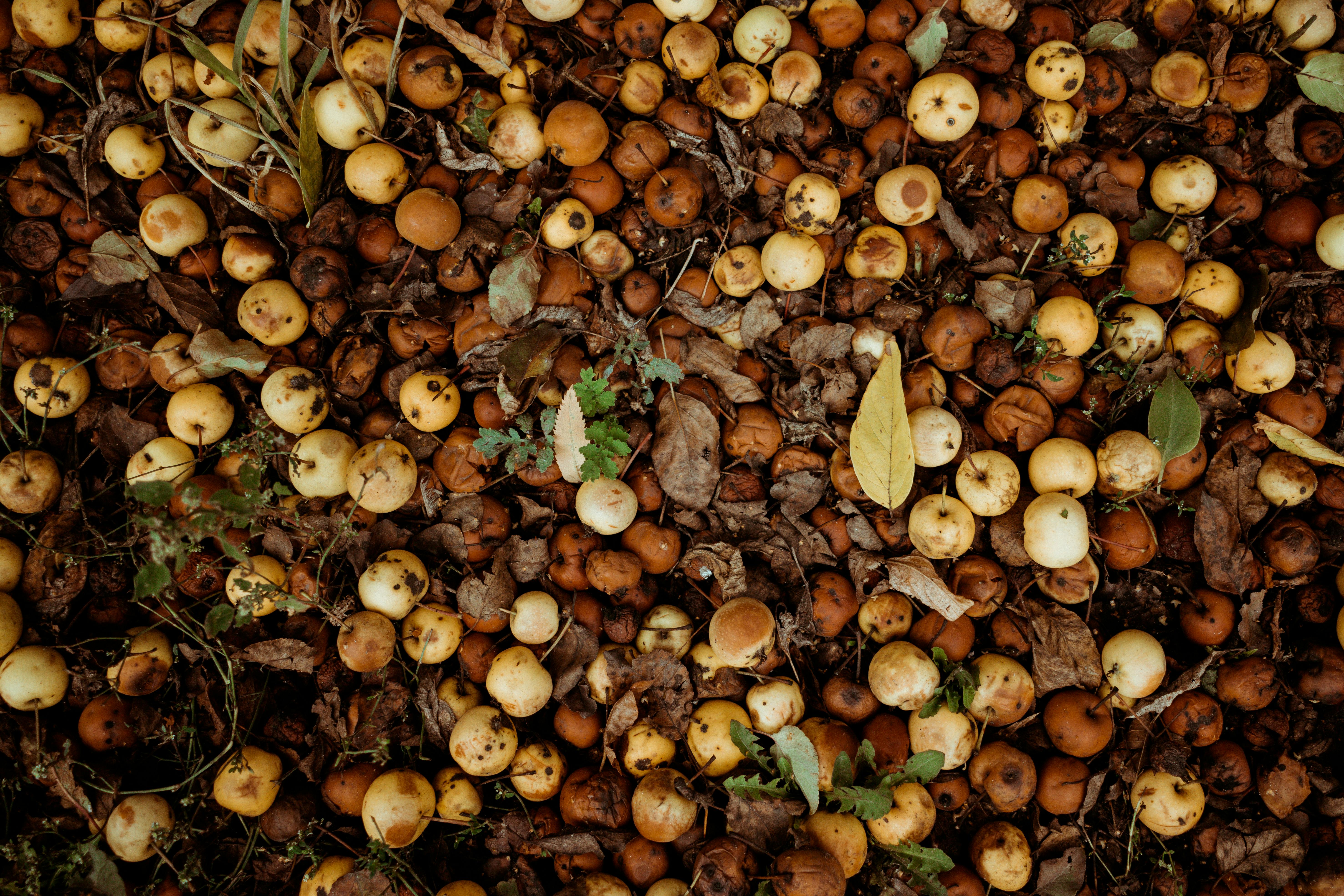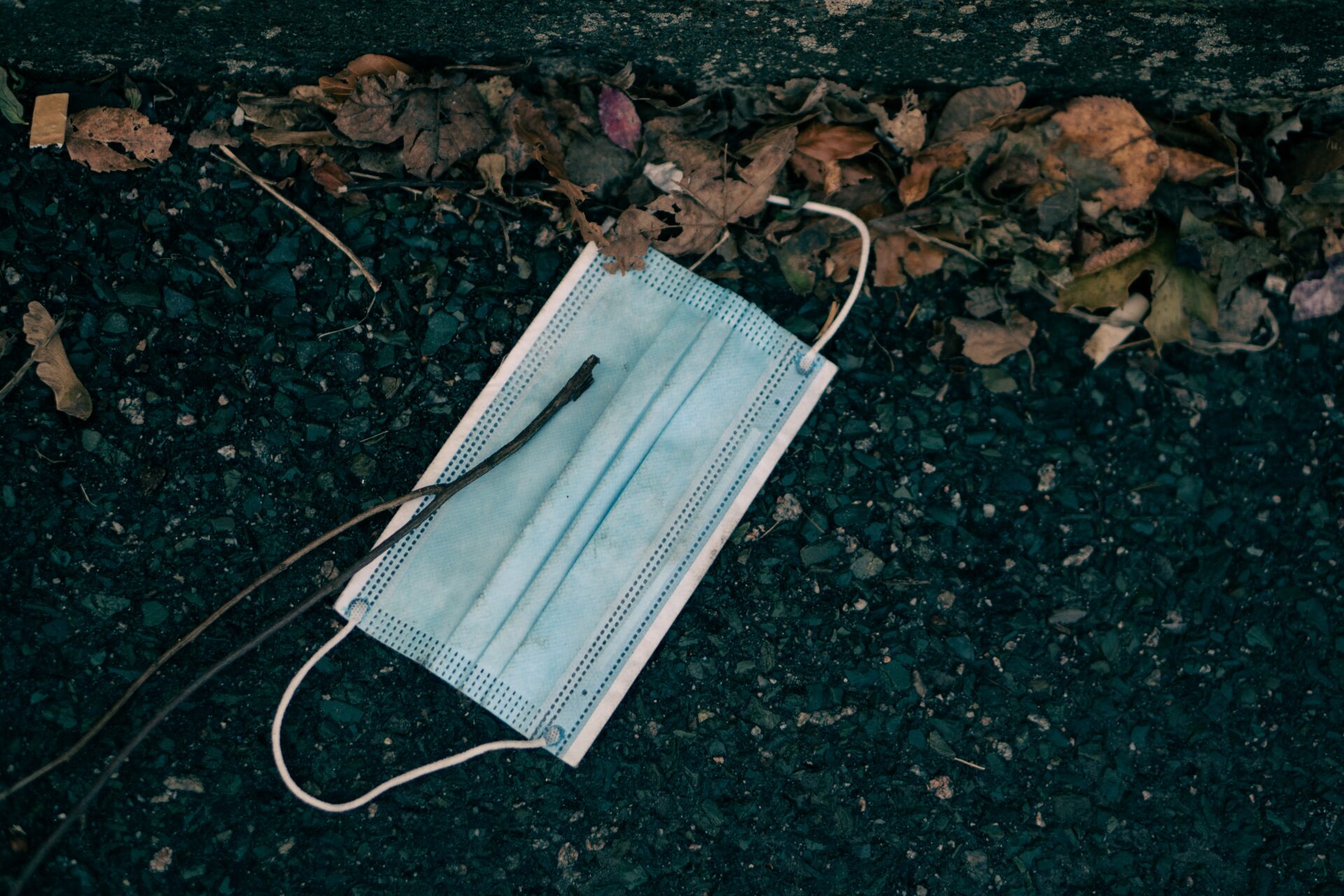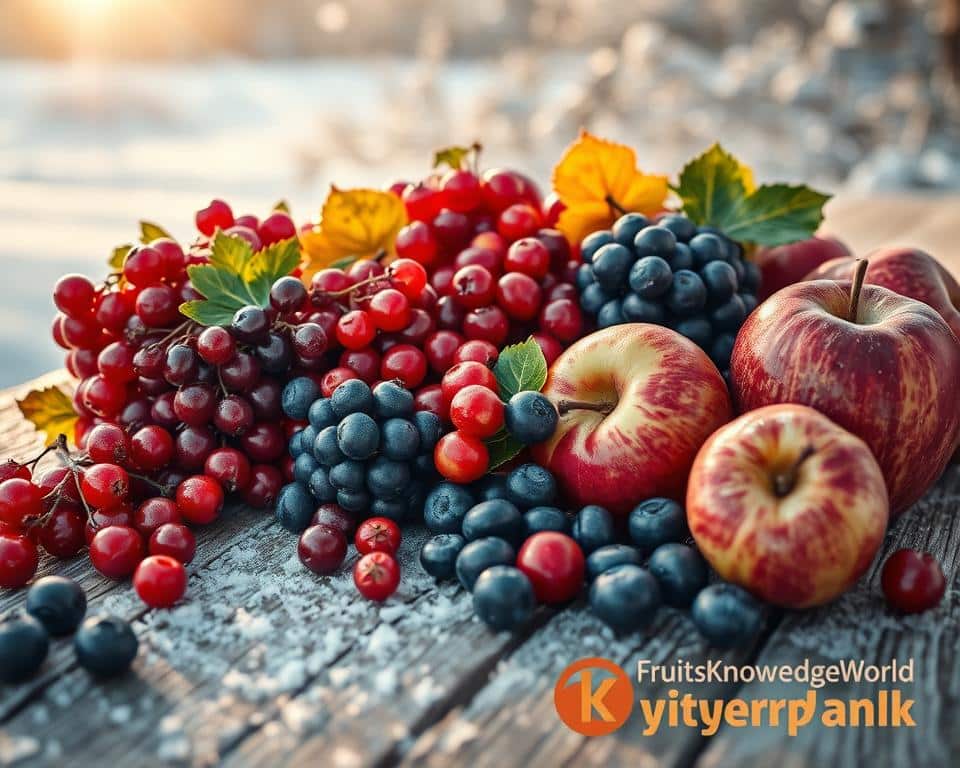Strawberries are a delicious and popular fruit enjoyed by many. But when the strawberries are left on the ground, they can start to rot quickly. To keep the strawberries fresh and prevent them from rotting on the ground, there are a few steps that you can take to protect them. In this article, we will discuss how to prevent strawberries from rotting on the ground.To store strawberries to prevent rotting, the most important thing is to keep them dry. After washing and drying, place the strawberries in an airtight container lined with paper towels. If possible, store them in the refrigerator. Make sure that there is no moisture or condensation on the inside of the container before you put the lid on. Another option is to freeze them in a single layer on a parchment-lined baking sheet before transferring to an airtight freezer bag or container. This will help extend their shelf life and keep them from becoming mushy when thawed.
Protecting Strawberries From Rotting On The Ground
Growing strawberries is a rewarding experience for many gardeners, but it can be difficult to keep them from rotting on the ground. Strawberries are highly prone to spoilage due to their delicate nature and short harvest season, and they can quickly rot if not properly protected. Fortunately, there are a few steps you can take to help protect your strawberries and extend their lifespan.
One of the most important things you can do to protect your strawberries is to keep the soil moist throughout the growing season. Proper irrigation is essential for healthy strawberry plants, as dry soil will cause them to become stressed and more susceptible to rotting. Additionally, be sure to avoid overwatering as this can lead to fungal diseases that will cause your berries to spoil even quicker.
In addition to proper watering, it’s also important to mulch your strawberry plants with an organic material such as straw or wood chips. Mulching helps reduce evaporation from the soil and also prevents weeds from competing with your strawberry plants for resources. Furthermore, mulching helps protect against temperature fluctuations by providing insulation for both the roots and the berries themselves.
Finally, make sure you harvest your strawberries regularly throughout the season so they don’t have a chance to rot on the ground. As soon as ripe berries appear in your garden, pick them right away so that they don’t over-ripen and start spoiling. Additionally, keep an eye out for any signs of disease or insect damage so that you can take measures to address those issues before they cause more serious damage.
By following these simple steps, you can help ensure that your strawberries remain healthy and safe from rotting on the ground throughout the entire growing season. With a little bit of care and attention, you’ll be able enjoy a bountiful harvest of sweet and juicy strawberries all summer long!
Storing Strawberries
Strawberries should be stored in the refrigerator as soon as possible after purchase. They should be placed in a container with a lid to prevent dehydration and contamination. Make sure the container is not overcrowded so that the berries can breathe. It is also important to remove any damaged or moldy berries before storing, as they can cause the other berries to spoil more quickly.
Cleaning Strawberries
Before eating strawberries, it is important to wash them in cold water. Do not soak them, as this can cause them to lose their flavor and texture. Gently rub off any dirt or debris using a soft brush or cloth. Be sure not to over-wash the berries, as this can damage their delicate skin.
Handling Strawberries
When handling strawberries, it is important to be gentle. Do not squeeze or press down on them as this can cause bruising and damage the delicate flesh of the fruit. Instead, handle them carefully with clean hands and avoid dropping them on hard surfaces.
Using Up Strawberries Quickly
If you are unable to use up your strawberries quickly enough, there are several ways to keep them fresh for longer periods of time. One option is to freeze the strawberries for later use in smoothies or baked goods. Another option is to make jam out of them and store it in an airtight container in the refrigerator.
Discarding Spoiled Berries
It is important to discard any spoiled berries promptly in order to prevent contamination and spoilage of other strawberries in your possession. Spoiled berries will usually have visible mold or discoloration on their skin and should not be eaten under any circumstances.
How To Keep Strawberries Fresh During Harvest
Harvest season is a great time for strawberry growers and consumers alike. Strawberries are a delicious and nutritious fruit, but they can quickly spoil if not stored properly. Fortunately, there are several easy steps that can be taken to keep strawberries fresh during harvest season.
First and foremost, it is important to select only strawberries that are in good condition. Look for firm, bright red berries that have no signs of mold or bruising. Discard any berries that do not meet these criteria as they will likely spoil quickly.
Once the strawberries have been picked, it is important to get them into cold storage as soon as possible. The ideal temperature range for storing strawberries is between 32°F and 40°F (0°C and 4°C). If possible, store the berries in a single layer on a flat surface so that air can circulate evenly around them.
It is also essential to keep the strawberries away from moisture and humidity. Excessive moisture can cause mold to form on the berries, leading to rapid spoilage. If you are storing your strawberries in an airtight container or bag, make sure to leave some space between the lid and the top of the container for air circulation.
Lastly, it is important to consume or preserve your strawberries as soon as possible after harvest. While some varieties can be kept in cold storage for up to 7 days without spoiling, most will need to be eaten or preserved within a day or two of picking in order to retain their freshness.
Maintaining Freshness Of Strawberries
Strawberries are sweet, juicy and a delicious fruit. But they are highly perishable and can quickly spoil if not stored properly. To ensure that the strawberries remain fresh and tasty for longer, there are certain techniques you can use to maintain their freshness. Here are some tips to help you keep your strawberries fresh:
Refrigeration
Storing the strawberries in the refrigerator is one of the best ways to keep them fresh for a longer period of time. Place the strawberries in an air-tight container or a Ziploc bag before putting them in the refrigerator. Make sure that the container has some space at the top as this will keep air circulating around them. Refrigeration will help slow down the process of spoilage, thereby helping retain their taste and freshness.
Washing
Before storing your strawberries, it is important to wash them properly in running water. Make sure that there are no dirt or debris left on their surface as this could lead to bacterial growth which would further accelerate spoilage. After washing, pat dry with a paper towel or a clean cloth before storing them away.
Humidity Control
Humidity plays an important role in maintaining strawberry freshness. A high level of humidity can cause the berries to become soggy and mushy while a low level can cause them to dry out quickly. To maintain optimal humidity levels inside your refrigerator, try using a damp cloth or paper towel inside it.
Separation
If you have different varieties of strawberries, make sure that you store them separately from each other as different varieties require different temperatures and levels of humidity for optimal storage conditions. This will help prevent cross-contamination between different varieties which could lead to spoilage.
By following these simple techniques, you can ensure that your strawberries remain fresher for longer periods of time while retaining their taste and nutritional value.

Factors that cause strawberries to decay on the ground
The process of decomposition of strawberries begins when the fruits are left on the ground. There are various factors that can cause this, including moisture, temperature, fungi and other microorganisms.
Moisture is essential for the growth of fungi and other microorganisms, which play an important role in the degradation of strawberries. High humidity levels create an environment conducive to fungal growth and thus promote strawberry decay.
Temperature also plays a key role in strawberry decay. If temperatures are too high or too low, the fruits will not be able to ripen properly and will become more prone to rot. Thus, when the temperature is warm and humid, it increases the chances of strawberry decay on the ground.
Fungi and other microorganisms are also important factors in strawberry decay. Fungi such as Botrytis cinerea can cause gray mold on strawberries, while Rhizopus stolonifer can cause soft rot in fruits left on the ground for long periods of time. In addition, bacteria such as Pseudomonas fragi and Erwinia carotovora can also cause fruit rot if not refrigerated properly.
In conclusion, moisture, temperature, fungi and other microorganisms all play a role in causing strawberries to decay when they are left on the ground for extended periods of time. Proper storage conditions should be maintained in order to maintain fruit quality and prevent strawberry decay from occurring.
Ideal Conditions for Growing Strawberries
Growing strawberries requires optimal conditions for maximum yields and quality. Ideal conditions for growing strawberries include a sunny and sheltered location, with well-drained soil that is rich in organic matter. The soil should have a pH of between 6 and 7, which can be adjusted with the addition of lime or sulfur. Regular watering with 1 inch of water per week is necessary during the growing season to keep the plants healthy and productive. Mulching around the strawberry plants helps maintain soil moisture, regulate soil temperature, reduce weed growth, and protect from disease. Fertilization with a balanced fertilizer should be done twice during the growing season to help support plant growth and fruit production. Weeds should be managed regularly to reduce competition for water and nutrients. Pest control should also be done by regularly monitoring for pests such as slugs, aphids, snails, mites, and thrips. Proper maintenance is essential for successful strawberry production in any environment.
How To Select Healthy Strawberries For Planting
When selecting healthy strawberries for planting, it is important to choose ones that will thrive in your location. Strawberries come in a variety of varieties, and each type has its own unique characteristics. Look for plants that are disease-resistant and have good disease resistance ratings. It is also important to select plants that are adapted to the climate and soil conditions of your area. Additionally, look for plants with strong root systems and good vigor ratings.
When purchasing strawberries, look for those that have been grown in organic growing conditions. Organic strawberries are grown without the use of synthetic fertilizers or pesticides. This helps ensure that the strawberry plants you select will be free from harmful chemicals and pollutants.
Once you have chosen the right type of strawberry plant for your location, inspect them carefully before planting. Look for signs of disease or insect damage on the leaves, stems, and fruits. If there is visible damage, it may be best to choose another plant as it may not be able to survive in your soil conditions or climate.
It is also important to select strawberries with healthy root systems when choosing plants for planting. Look for roots that appear white and firm with no signs of rot or disease. Additionally, make sure the roots have enough space between them so they can spread out easily once planted in the ground.
Finally, make sure you select strawberries with good vigor ratings when choosing plants for planting. Vigorous strawberry plants produce more flowers than those with lower vigor ratings, leading to larger yields of fruit per plant over time. Selecting vigorous strawberry plants can help ensure your strawberry garden will be productive each season.
Once you have selected healthy strawberry plants for planting, take steps to ensure their success by providing them with adequate water, light exposure, nutrients, and temperature control throughout their growth cycle. With proper care and attention, these fruits can provide delicious harvests each year!

Conclusion
Strawberries can be a delicious and healthy addition to any meal, snack or dessert. However, if they are left on the ground, they can rot quickly and become unappetizing and potentially dangerous to eat. To prevent this from happening, it is important to pick them off the ground as soon as possible or buy pre-packaged strawberries that have been washed and refrigerated. Additionally, keeping the area around your strawberry garden free of debris and weeds can help reduce the risk of rotting strawberries. Finally, by taking proper precautions when harvesting your own strawberries, you can enjoy their sweet flavor without having to worry about spoilage.
Overall, there are several steps you can take to prevent strawberries from rotting on the ground. Taking these steps will help keep your strawberries fresh and delicious for longer periods of time so you can enjoy them without worry.



